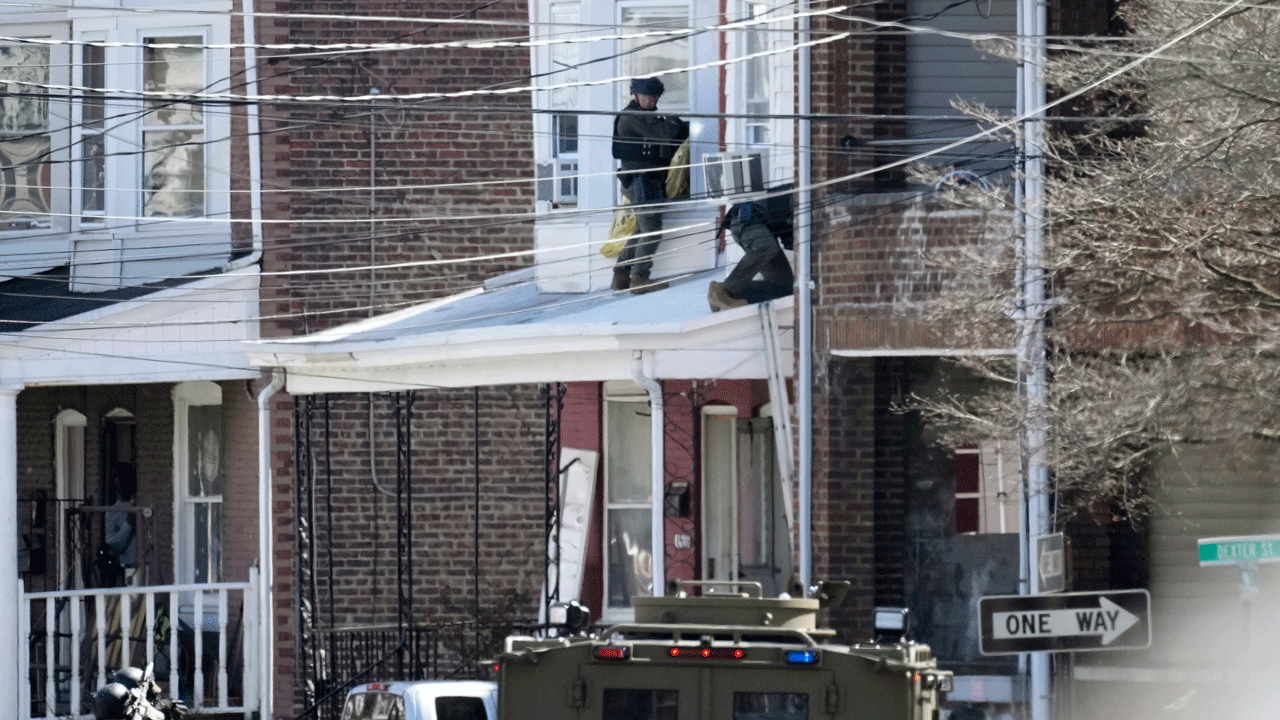Violent people who pose a clear and immediate threat to the physical safety of others should not be allowed to possess firearms. That seems like a statement any reasonable person living in a self-governing society can readily agree with. And yet on Friday morning, it took the United States Supreme Court 103 pages of opinions, concurrences and dissent to work it all out.
The good news is that eight members of the court landed on the right conclusion, agreeing that the Second Amendment permits laws like the one that stripped weapons from Zackey Rahimi, a domestic abuser and general public menace who shoots guns the way regular people shake hands.
The bad news is that the justices had to go to such lengths to do it — debating the meaning of old English surety and affray laws rather than simply acknowledging that no right is absolute and that the government has always kept weapons away from people who have proved themselves to be dangerous to others.
The spectacle of judges role-playing as amateur historians is embarrassing to watch, and yet the court chose to put itself in this position with its gobsmacking 2022 decision in New York State Rifle & Pistol Association, Inc. v. Bruen, which required that any gun law be “consistent with the nation’s historical tradition of firearm regulation.”
In the vision of Justice Clarence Thomas, who wrote Bruen’s majority opinion for himself and the other five right-wing justices, that meant any modern law had to have essentially an exact analog from the 18th century in order to survive. In his dissent on Friday, Thomas argued that the founding generation had no federal laws like the one that took Rahimi’s guns away; ergo it was unconstitutional.
It appears to be dawning on Thomas’s fellow conservatives just how twisted that approach is. Bruen was “not meant to suggest a law trapped in amber,” Chief Justice John Roberts wrote for the majority.
In concurrence, Justice Sonia Sotomayor pointed out that it makes no sense to rely on history from a time before women and people of color were treated as equal citizens (or citizens at all). “History has a role to play” in any constitutional analysis, she wrote, but it must be “calibrated to reveal something useful and transferable to the present day.” Thomas’s analysis is “so exacting as to be useless,” she wrote.
There is no lack of competition for the worst, most indefensible decisions of the Roberts court, but the Bruen ruling is near the top. That’s not only because of the absurdity of its logic, but also the chaos of its practical application, which has confounded judges throughout the federal judiciary for two years.
“Lower courts are struggling,” Justice Ketanji Brown Jackson wrote in her concurrence. “They say there is little method to Bruen’s madness.”
They are right, and the court was right to ratchet the madness back on Friday, if only a little. A country that can’t properly deal with an epidemic of gun violence is not a country that can survive for long.





